Anyone who has ever had a cat knows how playful and adventurous they can be. While cats can be highly active, depression in cats is a reality too. Anything from the lack of a stimulating environment to the loss of a family member can throw them into whirls of sad emotions. If your cat is acting ‘out of character,’ here’s how to tell if they are suffering from depression.
Signs of Feline Depression
Cats suffering from depression may exhibit several different symptoms. But just because a cat shows one or more of these symptoms doesn’t automatically mean they are suffering from depression. These symptoms can stem from other illnesses too.
Lethargy
Cats love to sleep, but a physically and emotionally healthy cat also enjoys other activities, like – jumping, scratching, stretching, exploring, chasing rats, and playing. If your cat is sleeping more than usual and is disinterested in what used to excite her, she may be depressed.
Lack of Appetite
Healthy cats generally have a healthy appetite. A depressed cat will often lack appetite and excitement about food. If your cat hasn’t eaten for several days in a row, she may be in emotional distress.
Change in Grooming Habits
A change in grooming habits can be an indicator of depression. Some depressed cats will stop grooming altogether, while some start over grooming themselves, leaving irritated skin and even open wounds.
Sudden Behavior Changes
If your normally-social cat becomes withdrawn, you should take it as a red flag. Depressed cats often like to be left alone. Some will even hide to ensure they won’t be disturbed by anyone in the household. While some cats become reclusive and hide, others become clingy, demanding, and start fearing strangers due to depression.
Crying for No Reason
You can learn a lot about your cat by merely listening to her. In cats, different types of sounds mean different things. A depressed cat may produce low-pitched, mournful yowls. An unhappy cat may make purring sounds too to comfort herself. If your cat tries to express her sadness through yowls, she may be depressed.
Aggression and Irritability
Sad cats tend to become irritable and reactive. They may act out with aggression or fearfulness and often want to be left alone. As a result, they may hiss, growl, and even attack anyone who doesn’t respect their space.
Swishing and twitching its tail
Sometimes your cat’s tail can clue you in on their unhappiness. A happy cat’s tail moves like a soft feather duster, but a sad or depressed cat will often swish and twitch its tail.
Excessive Scratching
If your cat is depressed, it may start scratching objects more often to mark its territory and relieve stress.
Urinating in Inappropriate Places
A depressed cat may start urinating in inappropriate places to feel better.
Causes of Depression in Cats
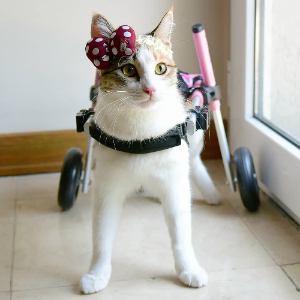 Any number of things can cause your cat’s depression. If your cat seems depressed, spend lots of time with her until her happiness level improves.
Any number of things can cause your cat’s depression. If your cat seems depressed, spend lots of time with her until her happiness level improves.
- Illness can cause your cat to feel unwell and depressed.
- Your cat’s mood may be affected by injury and pain.
- Just like humans, losing a loved one can be challenging for animals. If a human or animal close to your cat passes away, it may grieve and become depressed.
- Change in the environment.
- A new work schedule or adding a new family member can also be stressful for your cat.
What to do if a cat is suffering from depression?
If you notice that your cat is not acting herself, then there are some simple steps you can take to help her get back to her playful self. Let’s take a look:
- Try to find out the cause and act accordingly. The first step to treating your cat’s depression is to reflect on recent changes in your cat’s environment and see if you can find the potential cause of your cat’s depression.
- Address the root of the problem, not merely treat the symptoms.
- Spend lots of quality time with your cat: Sit with her, play with her, and groom her daily. Let her know you’re there for her. Small actions, such as stroking her fur or cuddling, can heal your furry friend faster.
- Keep your cat mentally stimulated: Sometimes, depression can directly result from boredom. Actively engage your cat in enriching play every day. Let your cat stalk, climb, pounce, and leap into the air. Imitating these natural behaviors will help keep your cat happy and entertained.
- Let them Climb and Hide: In the wild, cats climb to the highest points to survey their terrain and hide from predators. By allowing your cat to climb on cat trees, climbing posts, and window ledge perches, you can make them really happy. If you have guests in your home, you can give your cat an enclosed, secluded space where they can spend some personal time away from people.
- Consult Your Veterinarian: Depression can often indicate an underlying serious medical condition, such as – diabetes, kidney failure, and pancreatitis.
If your cat doesn’t feel better despite all your best efforts, it’s always good to consult a vet. A certified animal behaviorist or an experienced veterinarian may be able to find the root cause of your cat’s behavioral problem. An expert may suggest behavior modification exercises or other treatments for your cat—such as homeopathy, acupuncture, dietary changes, etc.

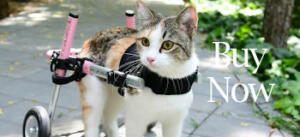
Related Articles:
Did we answer all your questions on "Cat depression"?

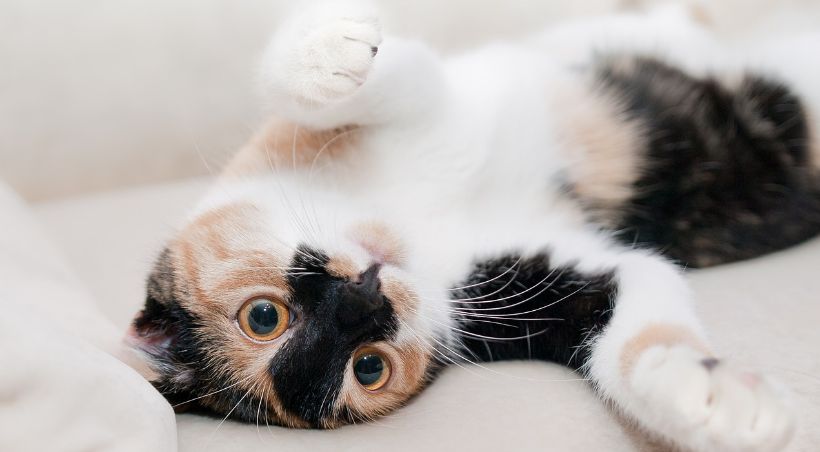






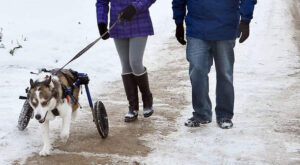
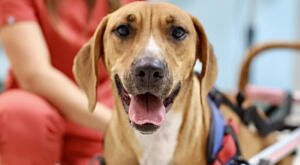

[…] Cat Depression: Signs, Causes, & Treatments […]